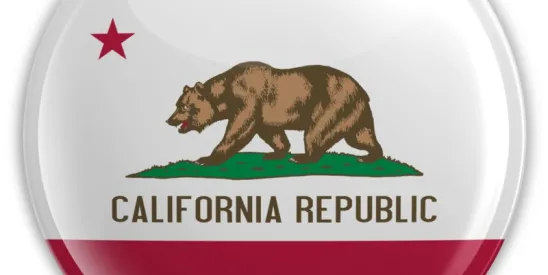On May 7, 2015, the California Supreme Court issued its long-awaited decision in In re Cipro Cases I & II, Case No. S198616 (May 7, 2015) (Cipro). Cipro holds that reverse payment settlements can be challenged under California’s Cartwright Act, thereby reviving class actions filed by California indirect purchasers. The California Supreme Court, however, went further, by delineating a structured rule of reason analysis to be used in evaluating the legality of reverse payment settlements, something the U.S. Supreme Court had left up to future lower courts to develop.[1]
Cipro began more than a decade ago, stemming from a 1997 settlement of a patent infringement suit between Bayer AG and Bayer Corporation (the brand name patent holder) and Barr Laboratories, Inc. (the first-to-file generic) wherein Bayer agreed to pay $400 million in exchange for Barr’s agreement to postpone its generic entry until expiration of Bayer’s patent in 2003.
The California Supreme Court, like the U.S. Supreme Court, has now held that reverse payment settlements may be challenged under state antitrust laws, even if they limit competition no more than a valid patent would have. California’s highest court, again in step with the U.S. Supreme Court, rejected the scope of the patent test – whereby a settlement of a lawsuit to enforce a patent does not violate antitrust laws if the settlement restrains competition only within the scope of the patent – as according too much weight to patent law policies while giving short shrift to equally relevant antitrust ones.
The Court rejected defendants’ arguments that purported differences in Cipro from the earlier U.S. Supreme Court case warranted a different outcome. Those differences included that Cipro was private litigation, rather than a public prosecution brought by the Federal Trade Commission and that Cipro involved stronger patents reaffirmed by the Patent and Trademark Office. The Court also declined to rely on a 1953 state appellate decision, Fruit Machinery Co. v. F.M. Ball & Co., 118 Cal.App.2d 748 (1953), as support for the scope of the patent test advocated by defendants.
The California Supreme Court next explained how the rule of reason analysis applicable to reverse payment settlements should be structured to most efficiently differentiate between reasonable and unreasonable restraints of trade.
Plaintiffs’ Prima Facie Case:
The Court delineated the following requirements for a plaintiff to mount a prima facie challenge against a reverse payment settlement:
-
the settlement includes a limit on the settling generic’s entry into the market;
-
the settlement includes reverse financial consideration, e., flowing from the brand to the generic; and
-
that consideration exceeds the value of any associated goods and services, as well as the brand’s expected remaining litigation costs absent settlement.
If a brand is willing to pay more than the costs of any collateral benefits and continued litigation to keep the generic out of the market, the Court explained, “there is cause to believe some portion of the consideration is payment for exclusion beyond the point that would have resulted, on average, from simply litigating the case to its conclusion.” And, the Court offered, the larger the excess payment, the stronger the anticompetitive inference one can draw.
Defendant’s Rebuttal:
Once a prima facie case has been made, the burden then shifts to the defendants to come forward with legitimate justifications and evidence that the challenged settlement is in fact procompetitive.
In evaluating any proffered justifications, the Court noted, the ultimate validity or invalidity of the patent need not be decided. The salient question, instead, is whether the settlement included a large, unjustified payment which infers a profit-sharing arrangement so as to avoid the risk of competition.
Plaintiff’s Ultimate Burden:
The burden finally shifts once again to the plaintiff to demonstrate that any proffered procompetitive justifications are unsupported. Once justifications have been disproven, the Court explained, it follows that the reverse payment must have included some consideration for the generic’s additional delay in entering the market and competing with the patentee. That delay, in turn, is what is actionable under the Cartwright Act, “and its purchase as part of a settlement agreement is an unlawful restraint of trade.”
[1] Cipro in this respect goes beyond the U.S. Supreme Court’s decision in Federal Trade Commission v. Actavis, Inc., 133 S.Ct. 2223 (2013).



 />i
/>i

